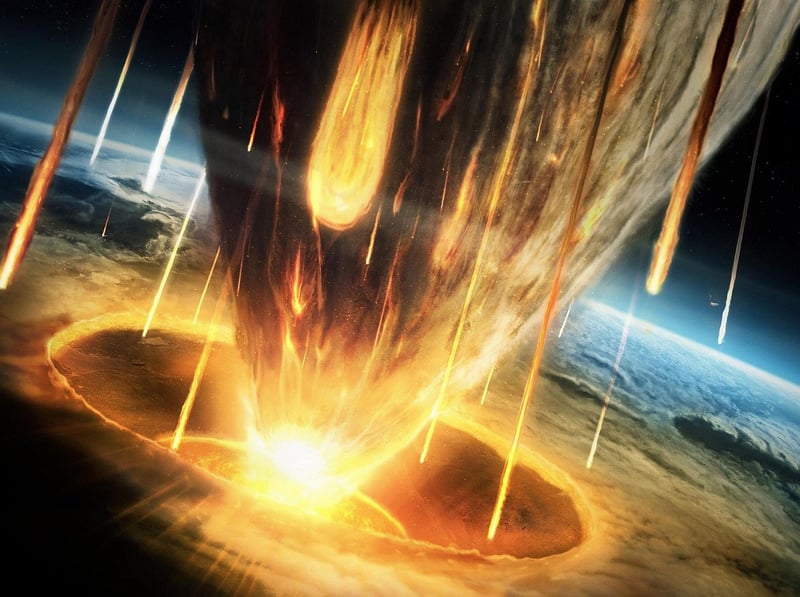Galactic collisions
Exploring the Wonders of the Universe: Galactic Collisions
Have you ever looked up at the night sky and wondered about the vastness of the universe? It's a mesmerizing thought to consider the billions of galaxies, each containing billions of stars, scattered throughout the cosmos. One fascinating phenomenon that occurs within this vast expanse is galactic collisions.
What are Galactic Collisions?
Galactic collisions, also known as galaxy mergers, happen when two or more galaxies interact with each other due to gravitational forces. Despite the name, these collisions are not violent events where stars smash into each other. Instead, they are intricate dances of gravity that can take millions to billions of years to complete.
The Beauty of Galactic Collisions
When galaxies collide, their stars usually do not collide due to the vast distances between them. However, the gravitational forces can distort the shape of the galaxies, creating breathtaking displays of galactic tails, bridges, and rings. These interactions often trigger intense bursts of star formation, leading to the birth of new stars in the process.
Impact on the Universe
Galactic collisions play a crucial role in shaping the evolution of galaxies. They can trigger the growth of supermassive black holes at the centers of merging galaxies and influence the distribution of dark matter within them. By studying these collisions, astronomers can gain insights into the formation and evolution of galaxies throughout the history of the universe.
Witnessing Galactic Collisions
While galactic collisions occur on timescales far beyond our human lifespan, astronomers have observed many ongoing mergers using powerful telescopes like the Hubble Space Telescope. These observations provide valuable data that helps us understand the dynamics of galactic interactions and their impact on the universe.
Conclusion
Galactic collisions are not just awe-inspiring events in the cosmos; they are essential processes that drive the evolution of galaxies and contribute to the diversity of structures we see in the universe. By studying these collisions, we can unravel the mysteries of the universe and appreciate the beauty of its complex interactions.

Next time you gaze up at the stars, remember that hidden within the twinkling lights are galaxies engaged in a cosmic dance that shapes the very fabric of the universe.
